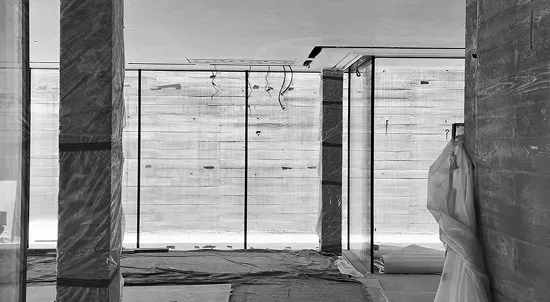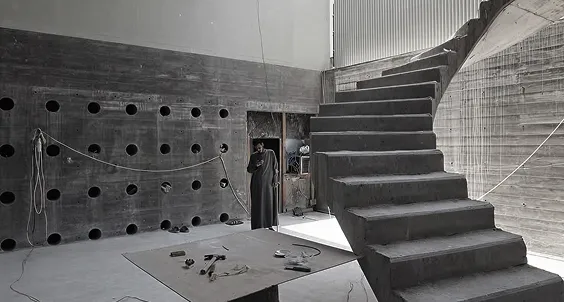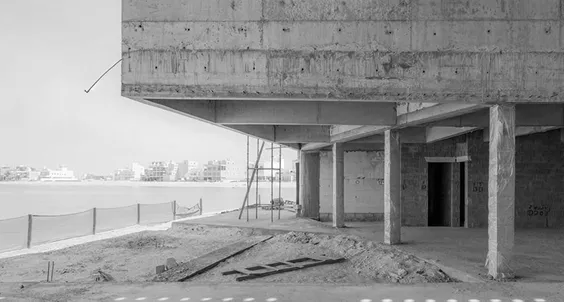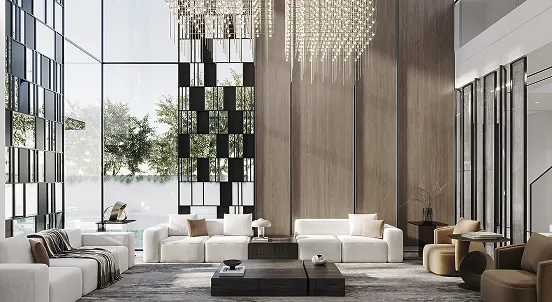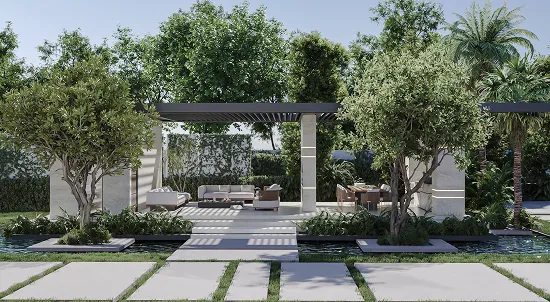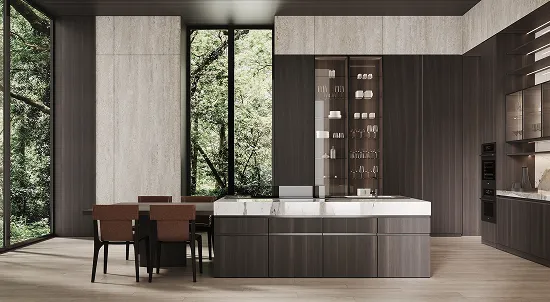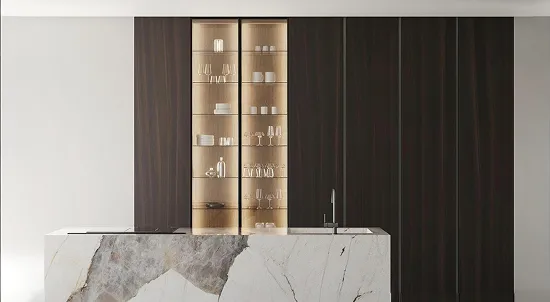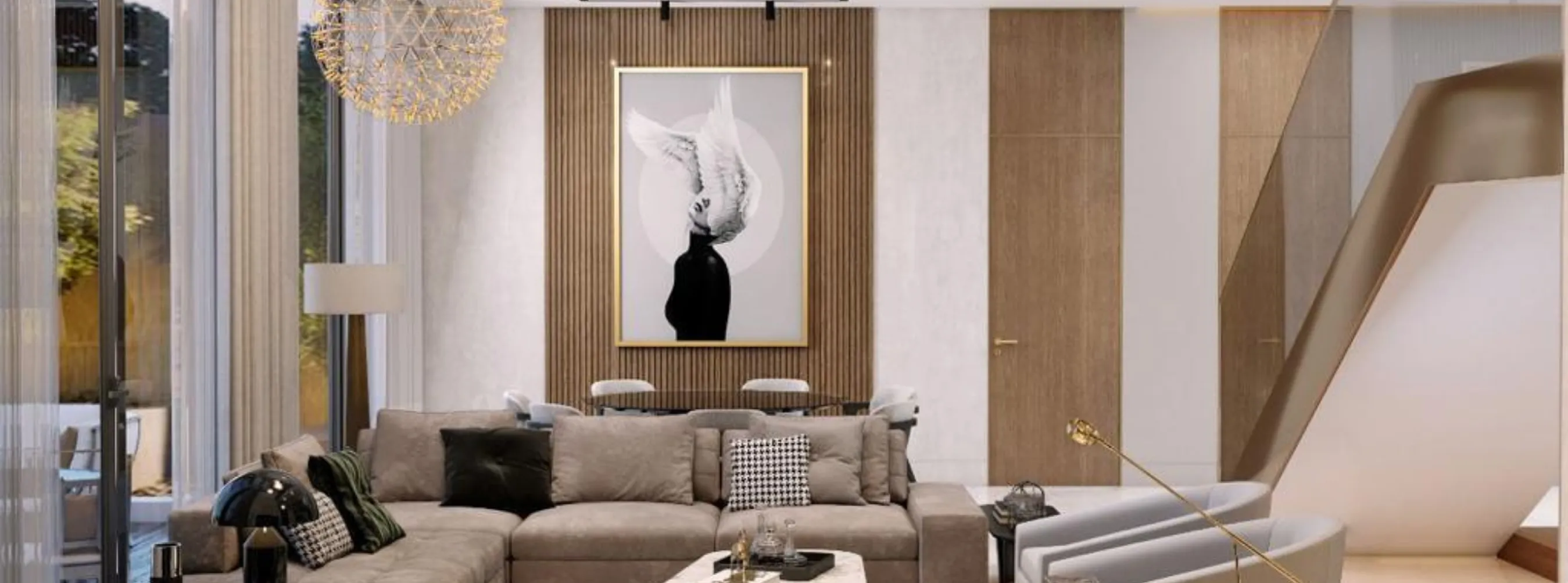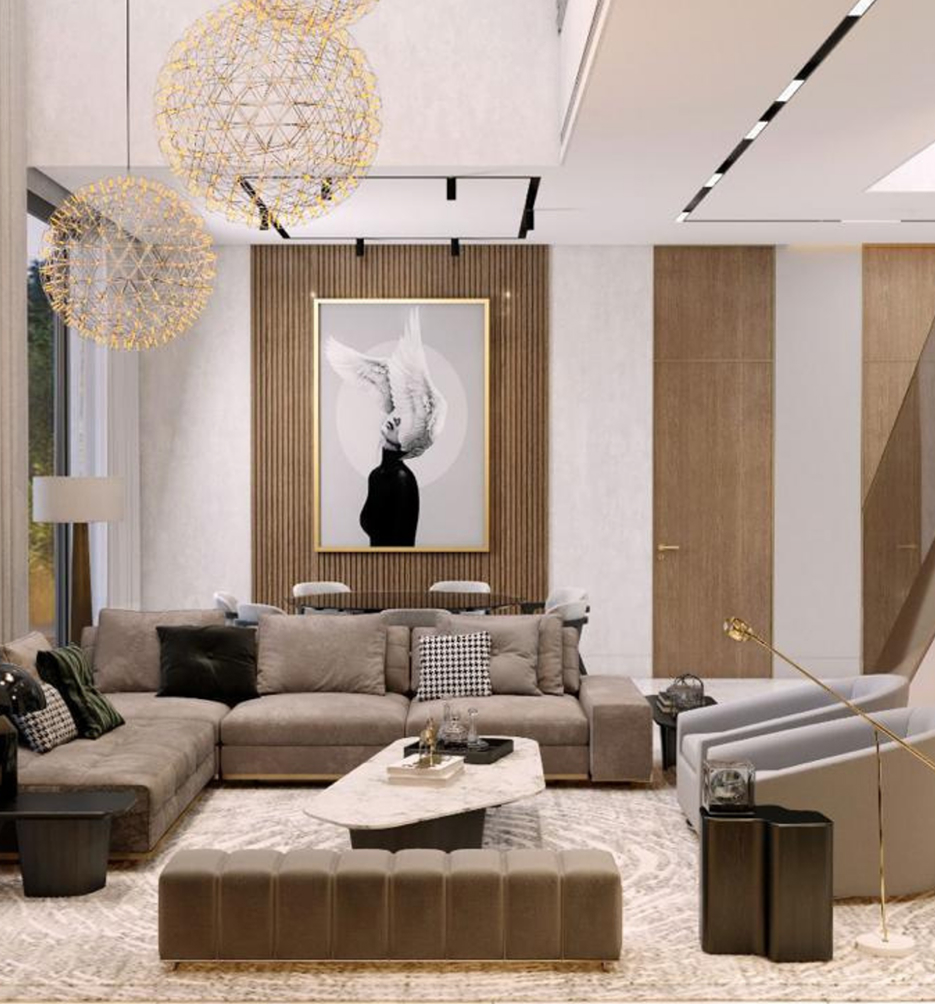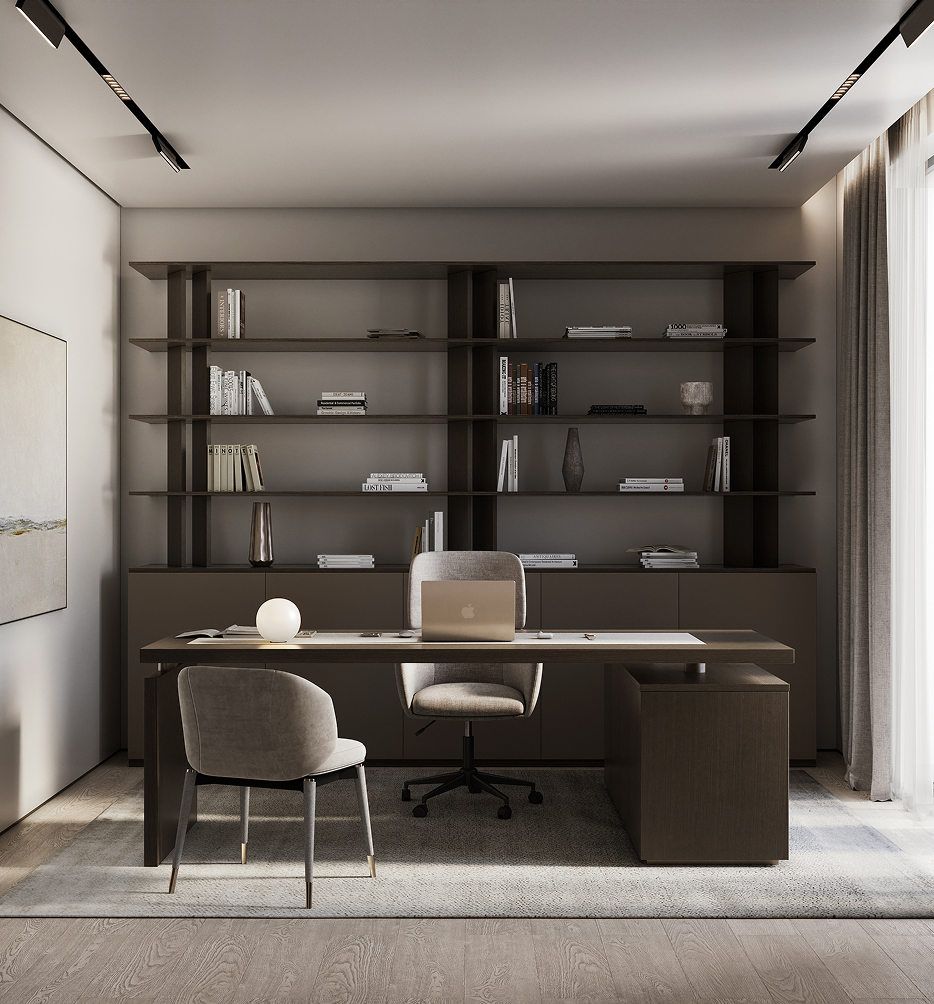The Foundations of Sustainable Architecture
As global awareness of environmental challenges continues to rise, industries across the world are shifting towards more sustainable practices. Architecture, in particular, plays a crucial role in this transition, offering innovative solutions that not only benefit the environment but also create more efficient, healthier, and aesthetically pleasing spaces. Sustainable architecture is no longer a trend; it is a responsibility and a powerful tool for shaping the future of our cities, homes, and workplaces.
In this blog, we’ll delve into how sustainable architecture is transforming the built environment, the materials and technologies driving this change, and the benefits that eco-friendly design offers to both people and the planet.
Sustainable architecture is an approach to building design that minimizes negative environmental impact, reduces energy consumption, and promotes the health and well-being of its occupants. This discipline combines creativity with science, using design principles that enhance efficiency while integrating sustainable materials and renewable energy sources.
Sustainable Architecture: A Vital Shift for the Future of Our Built Environment
As global awareness of environmental challenges continues to rise, industries across the world are increasingly adopting more sustainable practices. Among these industries, architecture is playing a pivotal role in this transformative shift, providing innovative solutions that benefit the environment, enhance human health, and create aesthetically pleasing and functional spaces. Sustainable architecture is no longer a fleeting trend or passing fancy—it is a responsibility that reflects our collective commitment to the planet, a powerful tool to shape the future of our cities, homes, and workplaces. It is essential that we understand how this approach is not just about reducing energy consumption or minimizing waste, but also about creating harmonious environments that support the well-being of those who live, work, and interact within these spaces.
In this blog, we will explore how sustainable architecture is reshaping the built environment, the materials and technologies driving this transformation, and the myriad benefits that eco-friendly design offers to both people and the planet. We will dive deep into how green building principles are influencing every facet of construction and how they are inspiring future generations of architects, builders, and designers to embrace sustainability.
The Foundations of Sustainable Architecture
Sustainable architecture refers to a building design philosophy that emphasizes minimizing negative environmental impacts, reducing energy consumption, and promoting the health and well-being of its occupants. This approach combines creativity with science, blending innovative design principles with sustainable materials and renewable energy sources. Sustainable architecture takes into account every phase of a building's lifecycle, from the sourcing of materials, construction processes, and ongoing energy needs, to demolition and recycling or reuse at the end of a building’s life.
At the core of sustainable architecture is the concept that buildings should have a minimal ecological footprint. In simpler terms, this means that every decision in the design, construction, and operation of a building should prioritize reducing harm to the environment while enhancing the comfort and health of the building’s inhabitants. Whether it’s designing homes that consume less energy, reducing construction waste, or utilizing locally sourced materials, sustainable architecture aims to provide solutions that integrate both ecological and human health considerations.
This design philosophy encourages architects to think about long-term environmental impacts, using strategies that reduce consumption and reliance on nonrenewable resources, while promoting the use of renewable energy sources and sustainable construction practices. With a growing focus on resilience and climate change, sustainable architecture is evolving into a crucial factor in urban planning, residential design, and commercial developments. By adopting these principles, we can drastically reduce environmental degradation, mitigate climate change, and create healthier living spaces.
The Key Elements Driving Sustainable Architecture
Several key factors are fueling the rise of sustainable architecture. These elements span the choice of materials, energy-efficient technologies, and sustainable design strategies, all of which contribute to reducing the environmental footprint of buildings.
1. Eco-friendly Building Materials
One of the foundational aspects of sustainable architecture is the selection of building materials that have minimal environmental impact. Traditional building materials like concrete, steel, and brick have high carbon footprints, both in terms of energy consumption during production and their environmental impact throughout their life cycles. In contrast, sustainable architecture prioritizes the use of eco-friendly, renewable, and locally sourced materials.
Some examples include bamboo, which grows quickly and has a lower carbon footprint, as well as reclaimed wood, recycled metal, and natural stones like granite or slate. These materials not only minimize the extraction of nonrenewable resources but also reduce energy consumption during production and contribute to healthier indoor environments by avoiding harmful chemicals and off-gassing often found in conventional building materials.
Another innovative material gaining popularity is hempcrete—a lightweight and highly insulating material made from the hemp plant. Hempcrete is sustainable because it captures carbon as it grows and is biodegradable, offering an eco-friendly alternative to traditional concrete.
2. Energy-Efficient Technologies
Energy efficiency is at the heart of sustainable architecture. Buildings account for a significant portion of global energy consumption, and reducing this consumption is essential to combat climate change. Sustainable architecture incorporates energy-efficient technologies that reduce a building's overall energy use and carbon emissions.A key feature of energy-efficient buildings is the use of high-performance insulation materials, windows, and doors, which prevent heat loss during winter and minimize heat gain during summer. This helps to reduce the need for heating and air conditioning, thereby decreasing a building’s energy demands.
Moreover, advanced building technologies such as smart thermostats, motion sensors for lighting, and energy-efficient appliances contribute to energy savings by optimizing the use of electricity and water. Renewable energy sources like solar panels, wind turbines, and geothermal energy systems are increasingly being integrated into building designs, allowing buildings to generate their own energy and reduce reliance on fossil fuels.
- Water Conservation and Management
- Indoor Air Quality and Well-being
- Waste Reduction and Recycling
- Indoor Air Quality and Well-being
- Waste Reduction and Recycling
- Building Resilience and Climate Adaptation
- Environmental Benefits
Sustainable architecture helps reduce the carbon footprint of buildings by minimizing energy consumption, reducing waste, and using environmentally friendly materials. By adopting green building practices, architects and builders can reduce the negative effects of construction on the environment, ultimately contributing to the fight against climate change.
1. Economic Benefits
While sustainable buildings may have higher upfront costs, they often result in long-term financial savings. Energy-efficient buildings reduce utility bills, and durable, sustainable materials require less maintenance and replacement. Additionally, buildings that prioritize environmental sustainability are increasingly in demand, leading to higher property values and increased marketability.
2. Health and Well-being Benefits
Sustainable architecture promotes healthier living environments by improving indoor air quality, natural lighting, and thermal comfort. Buildings designed with biophilic elements also foster psychological well-being by providing occupants with a connection to nature. Ultimately, these factors contribute to improved health outcomes, increased productivity, and enhanced overall quality of life.
